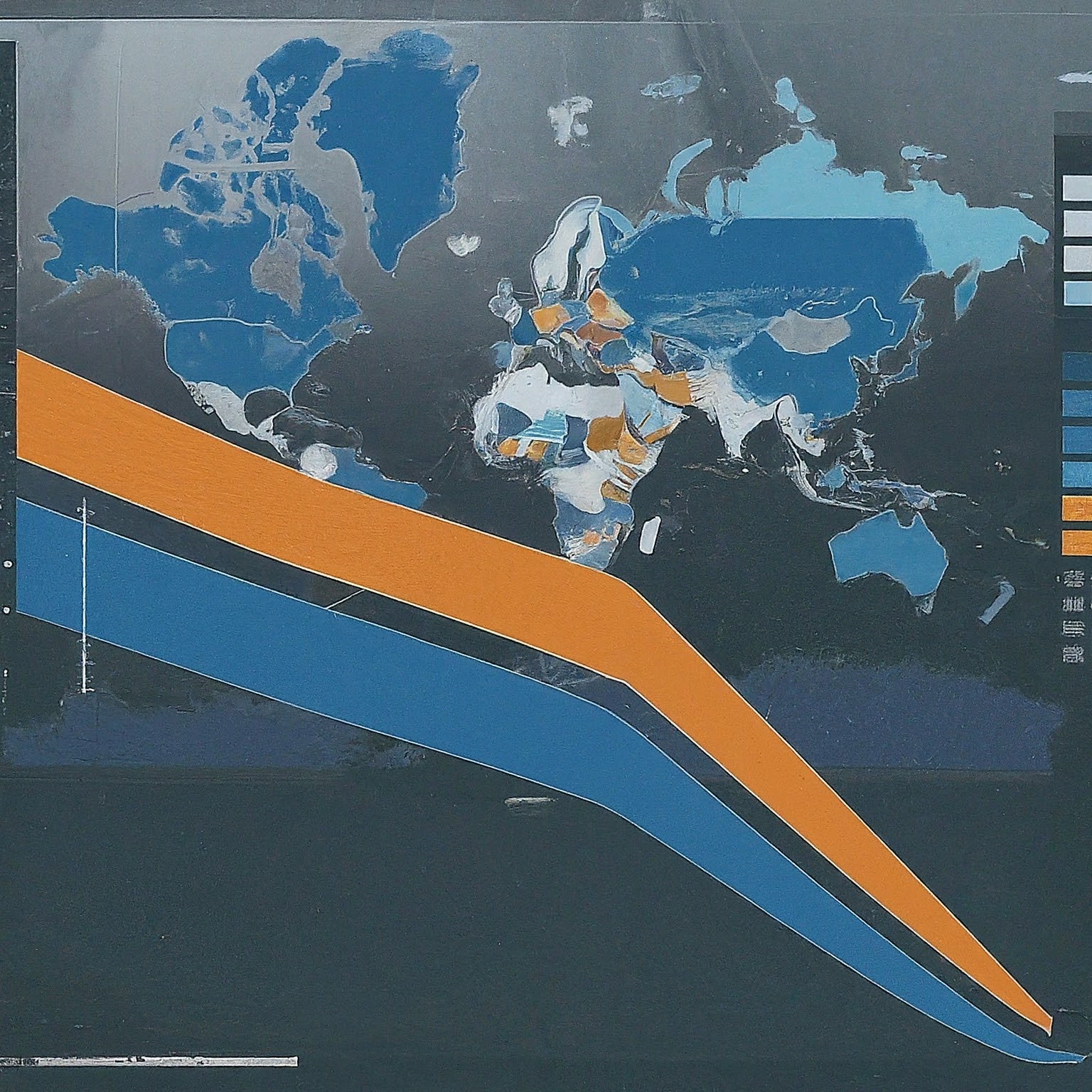
In recent years, more temporary people, especially temporary workers, have had a big effect on Quebec’s economy. This blog post looks into this trend by looking at what’s causing it, how it’s affecting the job market, and what could be done to stop it.
A large number of temporary workers:
The number of temporary residents in Quebec rose by 46% in 2023, according to a report from the Institut du Québec (IDQ). The number of temporary work permits reached 167,435—a 280% increase since 2015 [Source: IDQ study, February 2024].
This growth is because Quebec doesn’t limit the number of temporary residents, but it does limit the number of permanent immigrants [Source: IDQ study, February 2024].
The main causes are the International Mobility Program (IMP) and the Temporary Foreign Worker Program (TFWP). In 2023, 107,615 temporary foreign workers came through the IMP [Source: IDQ report, February 2024].
Effects on the Job Market:
Even though immigration filled the job gap (384 000 newcomers vs. 54,000 workers leaving between 2015 and 2023), there are still worries [Source: IDQ report, February 2024].
The influx hasn’t fixed the serious lack of workers in building (10 000 vacancies) and healthcare (45,000 vacancies) [Source: Montreal Gazette, February 26, 2024].
In 2023, only 23% of TFWP members worked in these fields, showing that immigration and job market needs are not matching up [Source: IDQ report, February 2024].

Problems and ideas for how to fix them:
The IDQ report says that there isn’t enough focus on filling open jobs in the IMP and that contract workers aren’t represented enough in important industries [Source: IDQ report, February 2024].
The Executive Director of IDQ, Emna Braham, stresses the need for Federal and provincial immigration policies should work together better [source: IDQ study, February 2024].
During future immigration attempts, targeted recruitment missions will focus on jobs in construction and health care. Better acceptance of qualifications from other countries in these areas.
[Source: IDQ study, February 2024]
Better data collection on temporary immigration so that policies can be made to fit the needs of the economy.
Working together between the federal government and provincial governments:
Compared to other areas, Quebec has some freedom when it comes to immigration. The Immigration, Refugees, and Citizenship Canada (IRCC) website says that employers still need government permission (LMIA) to hire temporary foreign skilled workers.
A Quebec Acceptance Certificate (CAQ) is also needed to make sure that the hiring process is in line with the needs of the local job market [Source: website of the Ministère de l’Immigration, de la Francisation et de l’Intégration (MIFI)].
In conclusion:
The large number of temporary immigrants coming to Quebec brings both possibilities and problems. Even though immigration helps with the worker shortage, it is very important to fix skill gaps and focus future efforts on important industries. To make sure that temporary residents can successfully join the Quebec workforce, it is important for federal and provincial governments to work together, collect more data, and recognize credentials from other countries.
Note: This blog post doesn’t copy the source material word-for-word. Instead, it focuses on outlining the main points and weaving them into a story that makes sense.
Additional Resources:
- Institut du Québec (IDQ): https://institutduquebec.ca/
- Immigration, Refugees and Citizenship Canada (IRCC): https://www.canada.ca/en/immigration-refugees-citizenship.html
- Ministère de l’Immigration, de la Francisation et de l’Intégration (MIFI): https://www.quebec.ca/immigration
